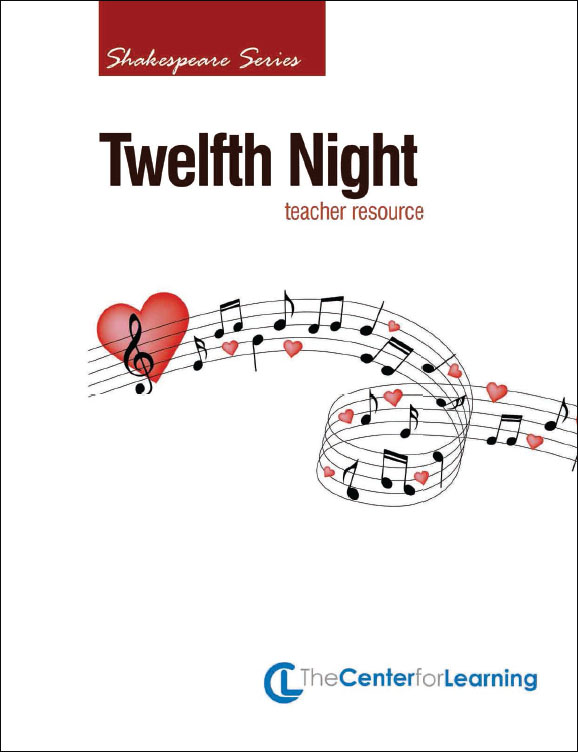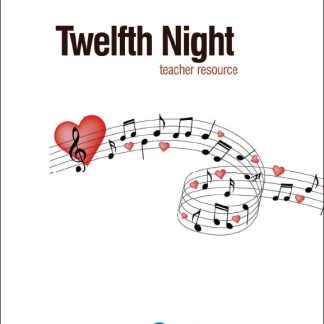Description
Students define literary terms. They analyze characterization, plot, setting, and subplot structure. Students examine puns, paradoxes, conceits, and myths. Students recognize dramatic conventions and devices, use personal experiences as reference points, and capture the timelessness of Shakespeare’s themes. A pre-reading lesson gives students an opportunity to contribute prior knowledge of Shakespearean drama, to predict and conjecture on questions posed, and to research topics relevant to the study ofTwelfth Night/em. Several lessons include optional projects for individual interests and talents, and writing assignments test progress in composition skills.Supplementary materials include writing topics, culminating activities, a quiz and an objective test with answer keys. This unit includes 14 Lesson Plans / 37 Handouts / 98 Pages, aligned toCommon Core standards,grades 9-12, high school.span style=”font-size: large;”Literary Form/spanp class=”literary-form”British Dramaspan style=”font-size: large;”21st-Century Skills/spanCollaborationCritical thinkingProductivity and accountabilityLeadership and responsibilityspan style=”font-size: large;”Overview/spanTwelfth Night/em, one of the best of Shakespeare’s mature comedies, is a play of lovers and their wooing. This play exemplifies various aspects of love: its sweetness, transitoriness, folly, and importance. It depicts various types of love: the melancholic love of Duke Orsino, hopelessly in love with love itself; the mourning love of Olivia for her dead brother; the mistaken love of the arrogant, humorless Malvolio; the true love of Viola for her master. The Elizabethan audience, like audiences today, confronted themselves in characters that experience self-deception, deceit, illusion, and reality–all in the name of love. Structurally, the play is an example of excellent workmanship with both the main plot and subplot superbly planned. The characters, sharply drawn and completely formed, each have their moment on the stage, with no one overshadowing anyone else.span style=”color: #ff0000;”Check out the Additional Info Section for the Common Core English Language Arts Standards./span




